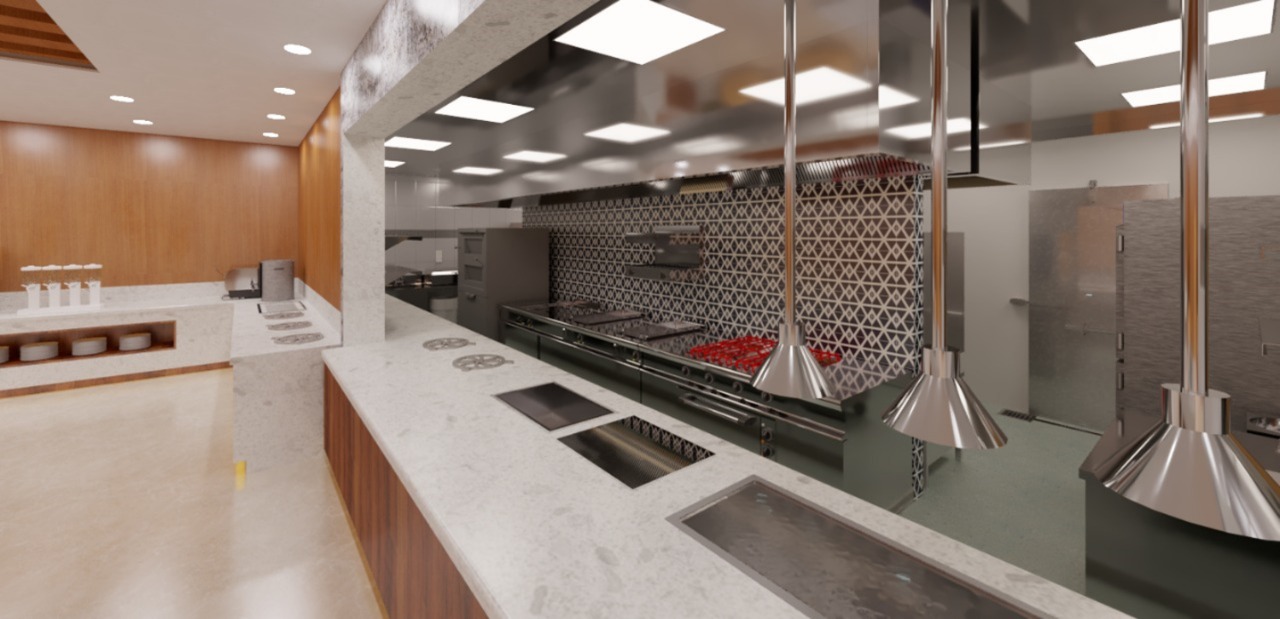Risk assessment is the overall process of identifying hazards, risk analysis and risk evaluation. With the help of the process of risk assessment, today commercial kitchens can identify and prepare themselves for potential risks hence avoid catastrophic consequences that could come your way and keep safety as priority. The goal of a risk assessment plan could vary across different industries, but the overall goal is to help organizations prepare to mitigate risks.Other goals that can be included are as follows:
- Identify risks or gaps and monitor or regularly review performance against requirements.
- Coordinate methodology and scheduling
- Prevent injuries and illnesses
- Meet legal requirements immediately
- Create awareness abouts the hazards involved in commercial kitchen
- Create an accurate inventory of available assets
- Justify the costs of managing risks
Risk assessment procedure for commercial kitchens
- Identify the hazards
- Conclude who may be harmed and how
- Assess the risks and take appropriate action
- Record the findings
- Review the risk assessment in totality.
It is important to know that a commercial kitchen should perform risk assessment before introducing changes to the existing processes when you identify a hazard.
There are three stages of risk assessment in commercial kitchens.
a). Understanding the process and finding out the key critical area.
b). Prioritising the critical areas on the basis of likelihood and its frequency of occurrence.
c). Framing the mitigation strategy and putting it in place and monitoring it on a regular basis.
Risk mitigation explains that one has to take an action in order to reduce the exposure of a commercial kitchen to potential risks as well as reduce the chances of such risks to repeat. If one ignores such potential risks and does not mitigate them, there could be disaster coming soon. The three components of risks are the uncertainty, the event and the effect, which need to be acted upon thus enhancing the chances of success.
In short, for risk assessment of a commercial kitchen, one has to assess the resources and make them meet your expectations through planning and hence finally meet the requirements on time.
A risk assessment in a commercial kitchen of food would include hazard identification, characterization, exposure assessment. This involves whether or not to take any legal measures in order to prevent harm by this food or ingredient. ( thinking about what could happen and planning how to prevent it from happening ). An easy way of risk assessment in a commercial kitchen is by answering simple questions such as :
a). “Could this food or any ingredient in it cause any harm?”
b). “What effects do the hazards cause?”
c). “Who may be harmed and at what level may the exposure be harmful?”
d). “How likely is it that people will experience exposure at a level that can cause harm in real life.
The solution for the above questions are that risk assessors collect and review scientific data and identify any biological or chemical hazards in food. They study the nature of these health effects and where possible, calculate a safe level of exposure. Experts can estimate how much of the food or ingredient his customers are likely to be exposed to. The exposure is usually evaluated to determine if a hazard presents an actual risk, a known information that increased exposure definitely increases the risk. In case the level of exposure is higher than that which causes harm, there may be a safety concern for clients in general.
Some general risks that need assessment in a commercial kitchen are:
- Slips and trips – kitchen/service staff and customers could be injured
- Handling heavy items like flour sacks, meat boxes, trays of crockery – kitchen staff and food service staff could suffer injuries such as sprains or bruises
- Contact with steam, hot water, hot oil and heated surfaces – kitchen staff and service staff suffer burns
- Knives – kitchen staff involved in food preparation may suffer from cuts and bleeding
- Food handling or regular hand washing – resulting in allergies of the skin
- Contact with bleach and other cleaning chemicals – causing skin damage or irritation of the skin or eyes
- Gas appliances – staff/customers could suffer fatal injuries as a result of explosion
- Electrical – Staff could suffer serious injuries as a result of electrical shock
- Fire – Staff/customers could suffer from serious burns or smoke inhalation
- Machinery – Staff could be at the risk of injury due to moving parts of any machinery.
The next step after risk assessment in a commercial kitchen, is risk management. That means what measures are adopted in order to control the risk, who has to carry out the necessary action and when it has to be done.
To know more about commercial kitchen talk to our commercial kitchen designs experts.







